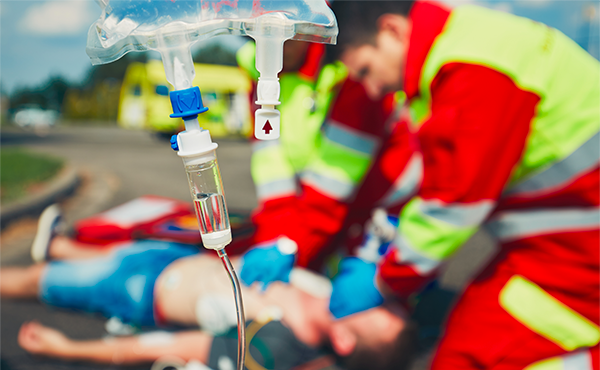Article review: TTM after OHCA

Targeted Temperature Management following Out of Hospital Cardiac Arrest: A metanalysis
Targeted temperature management (TTM) was adopted widely and recommended by the guidelines for managing comatose patients after cardiac arrest to improve neurological outcomes.
Recently, larger trials were published that compared different targets for temperature management, including targeting normothermia, with results inconsistent with early trials.
Fernando et al. conducted a systematic review on TTM after cardiac arrest with network metanalysis of different temperature targets.
They included randomised controlled trials (RCT), published in six databases until June 2021, that enrolled adult patients with out-of-hospital cardiac arrest (OHCA) and return of spontaneous circulation (ROSC) for at least 10 minutes. They decreased level of consciousness post-ROSC, with TTM at two different target temperatures continued for at least 24 hours that reported on survival and neurological outcomes.
Methods used: modified ranking scale (mRS), cerebral performance categories (CPC), Pittsburgh cerebral performance category and blinded assessor assessment.
10 RCTs with 4218 patients were included. Four different target temperatures were evaluated: deep hypothermia (31–32°C), moderate hypothermia (33–34°C), mild hypothermia (35–36°C), and normothermia (37–37.8°C).
The authors found with low certainty no effect on survival with good functional outcome when using deep hypothermia (OR 1.30 [95% CI 0.73–2.30]), moderate hypothermia (OR 1.34 [95% CI 0.92–1.94]), or mild hypothermia (OR 1.44 [95% CI 0.74– 2.80]) (all low certainty).
Similarly, no effect on overall survival was found with deep, moderate, or mild hypothermia. When compared to moderate hypothermia, deep hypothermia had no effect on survival with good functional outcome or overall survival.
When evaluating adverse events, there was no difference when comparing bleeding and pneumonia, but arrhythmia was more common among patients receiving moderate hypothermia (OR 1.45 [95% CI 1.08–1.94], high certainty) and deep hypothermia (OR 3.58 [95% CI 1.77–7.26], high certainty).
Arrhythmia was more common among patients receiving deep hypothermia compared with moderate hypothermia (OR 2.47 [95% CI 1.25–4.88], high certainty).
STUDY STRENGTHS & LIMITATIONS
Strengths
- Compared different TTM levels (deep, moderate and mild) to normothermia.
- Included most recent studies with a large sample size. Well-designed with broad search methodology, heterogeneity and risk of bias assessment, GRADE approach to assess certainty of evidence, network metanalysis when possible.
- Included different scores for good outcome classification instead of relying on one score.
- Included data only on OHCA from the HYPERION trial.
Limitations
- Compared TTM to normothermia without distinguishing between treating fever reactively and active fever prevention.
- Included both shockable and non-shockable rhythm studies without subgroup analysis.
- Outcomes assessment at different time points, including at discharge and up until 6 months after discharge.
- Heterogeneities in the included studies when it comes to initiation of TTM, pre-hospital care and cooling and rewarming methods. High rates of bystander CPR and cardia etiologies were noted in TTM and TTM2 trials.
- Results do not apply to In-Hospital Cardiac Arrest.
- Low number of patients treated with mild hypothermia (35–36°C)
TAKE-HOME MESSAGES
Therapeutic hypothermia at different levels after out-of-hospital cardiac arrest might not affect survival with good functional outcome. Deep (31–32°C) and moderate (34–36°C) temperatures are associated with a higher risk of arrhythmia.
Active fever prevention is still likely indicated. Whether specific subgroups derive benefit from therapeutic hypothermia remains to be elucidated.
This article review was prepared and submitted by Toufic Chaaban, MD Assistant Professor, Gilbert and Rose-Marie Chagoury School of Medicine, Lebanese American University, Lebanon, on behalf of the ESICM Journal Review Club.
REFERENCE
Fernando, S.M. et al. Targeted temperature management following out-of-hospital cardiac arrest: a systematic review and network meta-analysis of temperature targets. Intensive Care Med 47, 1078–1088 (2021).